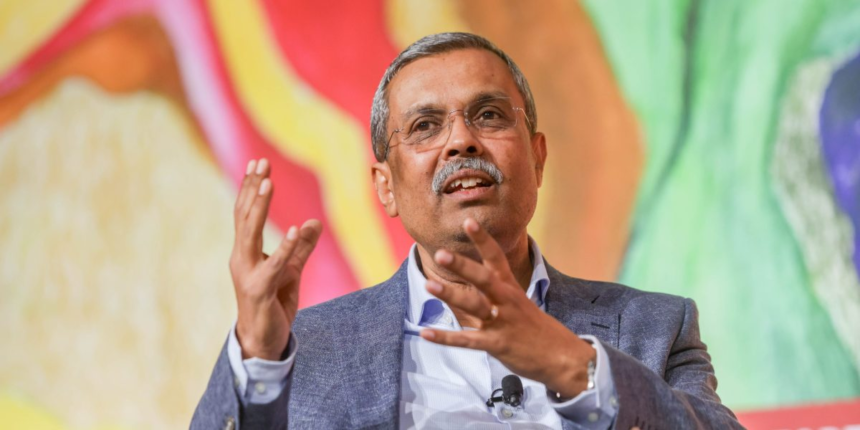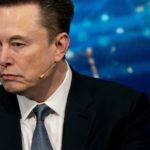The executive driving automation for Cognizant, which has around 360,000 employees, says the business has shifted from “human-led and human-powered,” to “human-led and AI-powered.” Ayyar has seen the resistance, fear, and uncertainty around the tech—experiencing some of the worries himself. But in order for AI to come into the fold, everyone has to be trying their hand with the tools.
“We really need to build a culture of experimentation, and we need to have a tolerance for failure,” Ayyar continues. “Not failing our customers, but failing early internally, because we are going to try things, and there are things which will not work. We really need to celebrate responsible failures as well.”
Half of the battle in implementing AI organization-wide is getting people on board, before the strategizing even fully takes shape. But convincing human employees to see the upsides of a majorly disruptive technology can be hard.
“Even I’m scared,” Ayyar said at the conference. “There is fear—fear of uncertainty, fear of [the] unknown, fear of ambiguity.”
The Cognizant leader went on to explain that being exposed to great perspectives has helped him overcome those anxieties. Executives are instrumental in drumming up AI strategies and rolling out the technology among their organizations, but Ayyar noted they shouldn’t be the only ones with a seat at the table.
“I believe senior leadership does not have a monopoly on good ideas,” he said, adding that employees and customers also need to put their two cents in. “The methodology which I adopt is co-opting them, rather than telling them what to do.”









